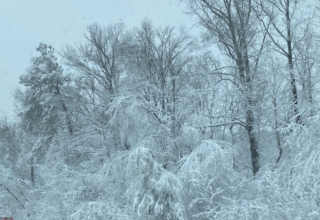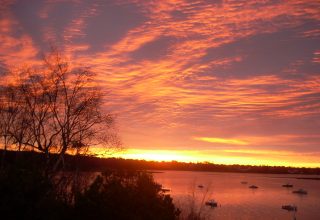
Extreme unpredictability consists of something more than the simple inconsistencies and spontaneous moments of life. Rather, as Taleb (2007) notes in his highly influential thesis on black swans, the unpredictable events of our postmodern society have high impact (be this event the World Trade Center attacks or the election of an African American as U.S. president). Taleb also indicates that this black swan condition is nothing new. Almost all consequential events in history, according to Taleb, come from the unexpected. Black swan conditions require that coaching clients do contingency planning in both their personal lives and their lives as employees, managers and leaders of organizations. How do we live in a world that we can neither control nor predict? We can at least influence, even if we can’t control. We can seek to understand, even if we can’t predict. Successful coaches are often in the business of helping their clients become more influential and helping their clients better understand and even to anticipate the complex world in which they live and work.
Finally, we witness on a daily basis the world of pervasive turbulence (or “white water” as Peter Vaill (1989) describes it). Four subsystems operate in the white-water world. One subsystem is represented by fast flowing water – this is the world of rapid change. A second subsystem is represented by the whirlpools and eddies of the stream – this is the world of pattern change (the “seasons” or developmental stages that organizations move through). The third subsystem is represented by the stagnant parts of the stream – the parts that actually provide the nutrients for the stream (where dead leaves and other organic matter sink and slowly decay). The fourth subsystem consists of the chaotic conditions that reside between each of the other three subsystems. This is the world of chaos and complexity that has been so powerfully illustrated and applied to organizational systems by such authors as Margaret Wheatley (2006) and Ralph Stacy (1996). In this world of turbulence, the professional coach can provide support and encouragement. Peter Vaill even invites organizational leaders to consider that they are performing artists in a world of white water and suggests that survival in such an environment requires a solid spiritual core (what kayakers speak of as the balancing point in their vessel).
Download Article













